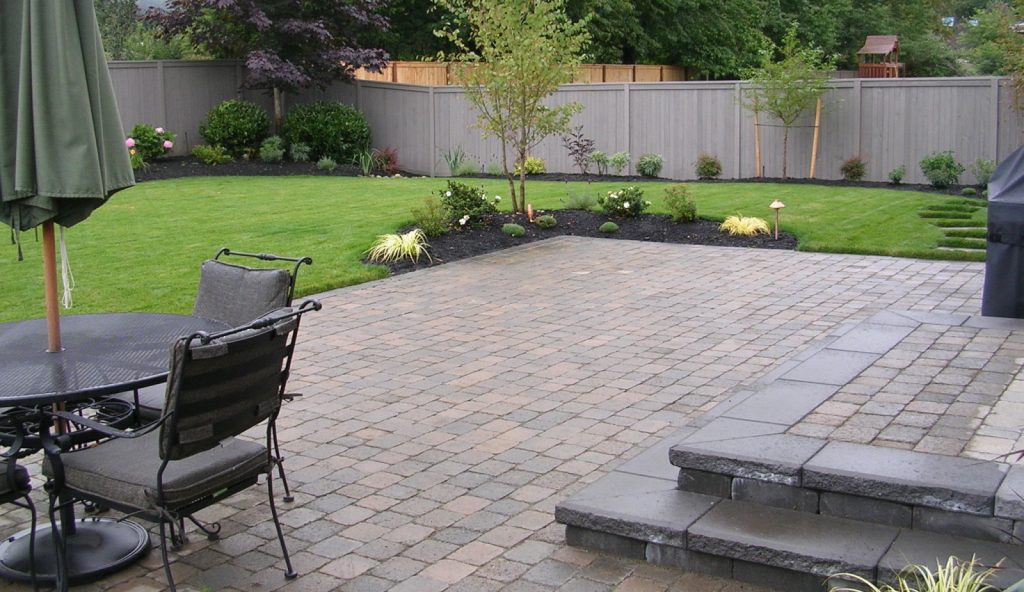Price can tip the balance toward using stamped asphalt. But it’s truly aesthetics and choices that flip home and commercial property owners to its use.
If the term “stamped asphalt” is unfamiliar, the soles of your feet might have a leg up on you.
That’s because you might well have walked on stamped asphalt – some call it imprinted or textured asphalt – and thought it was something different. It’s a technique of taking poured asphalt walkways, patios, driveways and even inside floors and making them look like interlocking paving stones, flagstones, or wood planks. The end result can be one of an unlimited number of patterns and textures and in a wide spectrum of colors. A glossy sealant adds elegance in place of where dull, rough surfaces in asphalt would have otherwise been used.
The primary benefit of stamped asphalt is its design flexibility. But in most cases, it compares favorably to the cost of pavers and flagstones. Prices vary by markets and regions, but where an $18-per-square-foot price tag might be attached to pavers dry-laid in sand and gravel, a stamped asphalt surface might cost as little as $8 per square foot. A higher degree of artistry might boost the cost of stamped asphalt above the paver cost, but what results is arguably worth it.
The price difference is in both labor and materials. A stamped asphalt floor of any type starts with laying the wet asphalt and applying artistic treatments to the floor as it sets and dries. A brick paver system requires manufactured or quarried materials and lots of manpower to correctly build and place the individual pavers.
But the aesthetic features of the textured and colored asphalt can take a patio or walkway or driveway to a new level. It starts with stamping mats, which are rubbery forms are placed and pressed by skilled workers on drying asphalt, with a color powder release applied to the asphalt and the mats (side facing the still-wet asphalt). The process is somewhat akin to faux-effect painting on walls.
Once dry, the texturized surface is scored, which can mimic the lines between laid stones. Scoring also provides protection from cracks that can occur over time with asphalt; the cracks tend to follow the scored lines.
The scored lines can be colored to mimic grouting. But the colors that are applied to the asphalt (in layers) are probably its biggest benefit. Colors can be selected for drama, can have defining borders, and even be selected to match or complement other shades in the landscape, including that of adjoining buildings (e.g., driveways and walkways that match a stone chimney or simply the color of the exterior siding).
The final step in stamping asphalt uses a sealer that sets and protects the effects and make it resilient to weather, washing and traffic. A stamped asphalt surface can last 25 years or longer.
Pay more attention to your feet – what you are walking on might be a smart, stamped asphalt surface.

